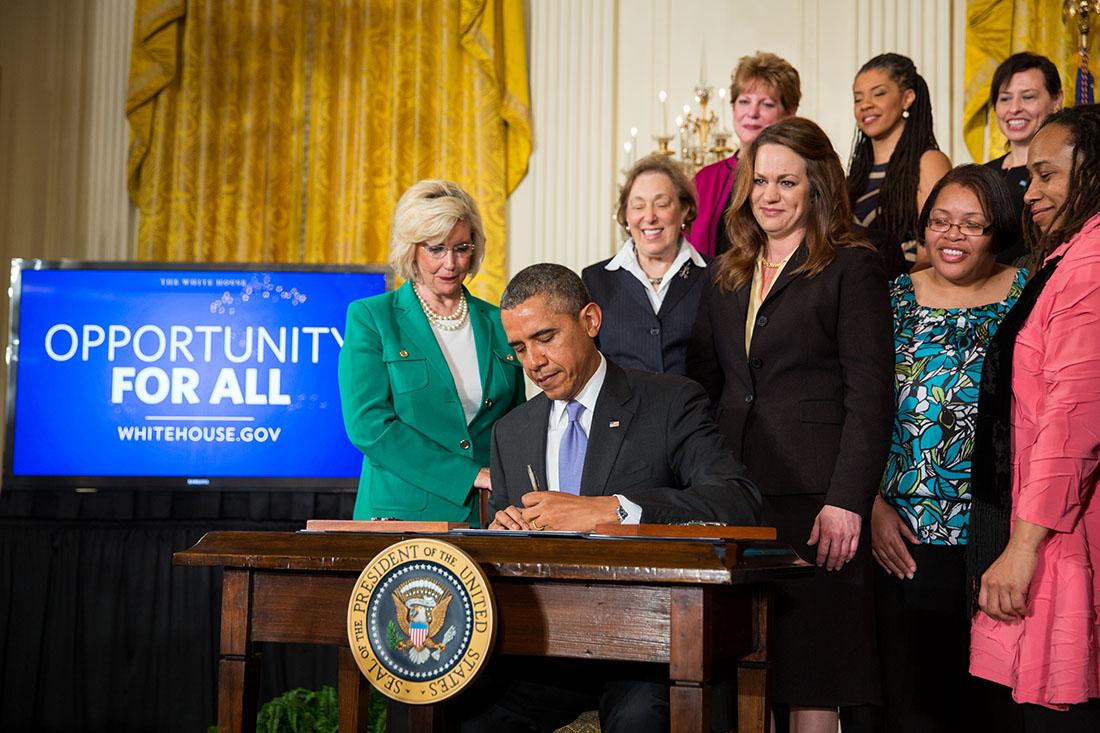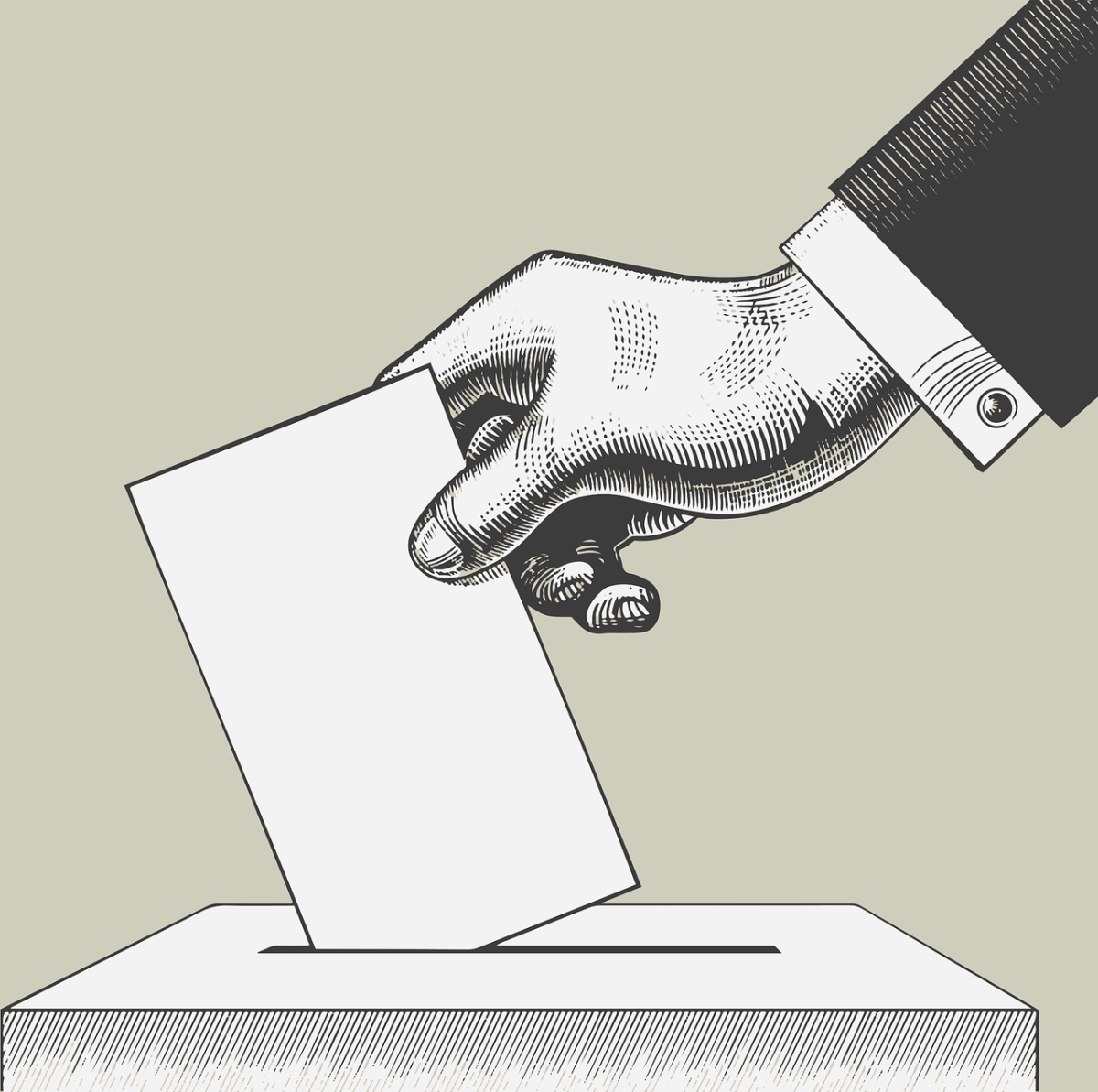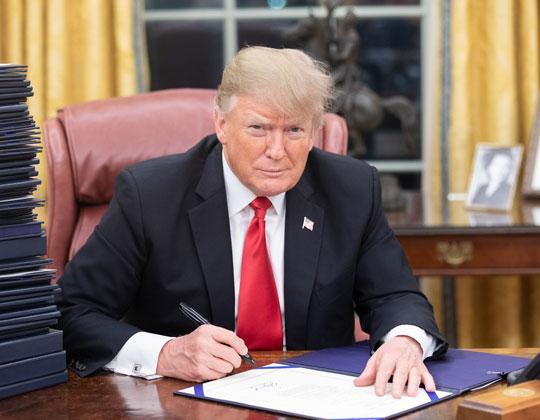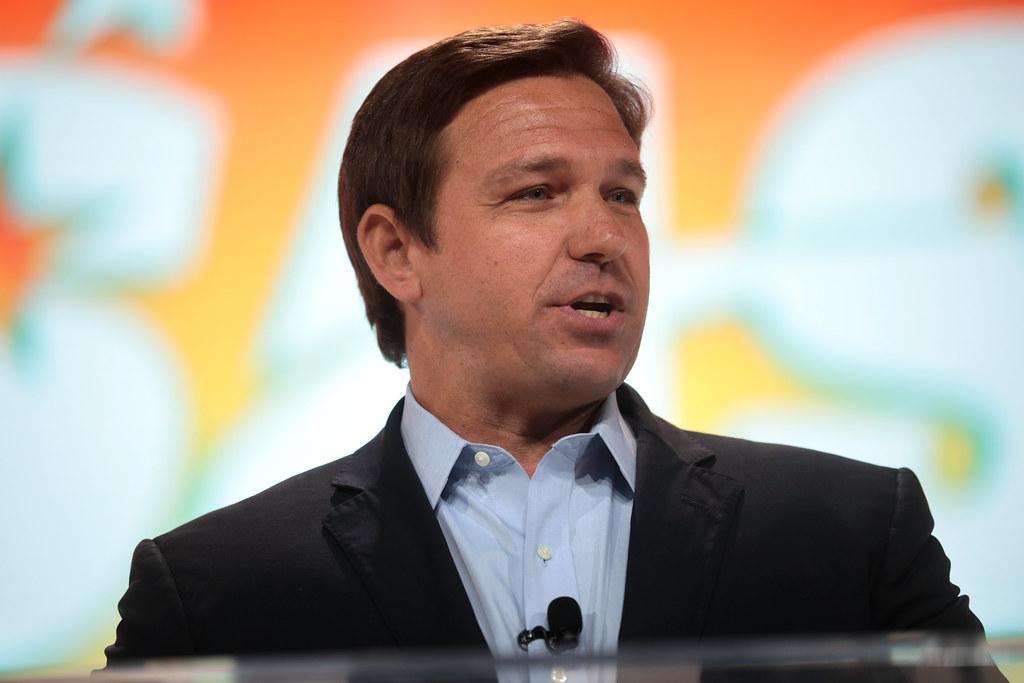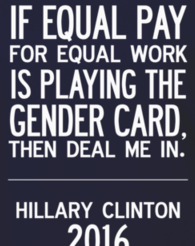
Seventy-nine cents. Seventy-nine cents is the amount of money women make compared to men doing equal work. Though women do the same work and putting in the same hours they are still paid less. This is real and this is a serious issue in the workforce. This issue is known as the pay gap.
The pay gap has been around since the first woman ever started working. Back then no women expected to be paid as much as a man, they didn’t even have equal rights yet. The gap has shortened significantly but it is still around and makes a very big impact on yearly salaries. The gap has decreased $0.05 since 2015, however in 2018 women were still making 85% of what a man makes. The gap is even worse for women of color in the united states to a point where some women make 50% to what a man makes.
“There have been amendments to try and fix this mistake but there are yet to be any to fully give women equal pay.”
Past presidents,one of the most influential being John F. Kennedy, have tried to reform this pay gap however few have succeeded. It started with the Fair Labour Standards act of 1938, this act created the right to minimum wage, and “time and a half.” There was also the women’s equal pay act of 1945, which speaks for itself. This act would have made it illegal to pay women less, for the same work of equal quality and quantity. This act however failed to pass and was never put into action. However future presidents took this into concern and president John F. Kennedy passed the Equal Pay Act of 1963.
The Equal Pay Act of 1963, a reform of the Fair Labour Standards act, states that employers cannot award unequal wages or benefits to men and women working jobs that require “equal skill, effort, and responsibility, and which are performed under similar working conditions.” The act also provides guidelines for when unequal pay is allowed based on quality, quantity, merit and seniority. However with this act, 70 years later there is still a noticeable pay gap.
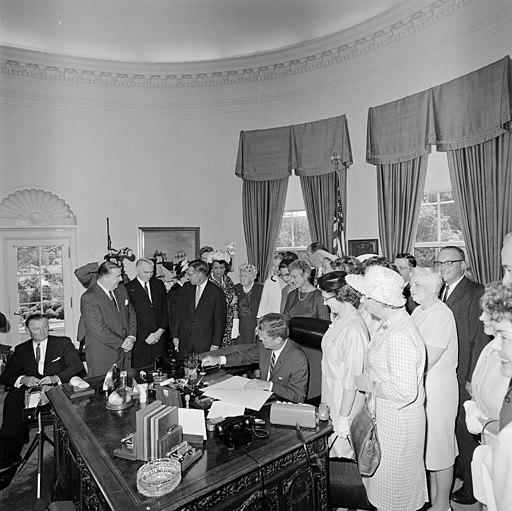
Many people, through misconception, are led to believe there are reasons as to why women are paid less, one being that women must care for children. However, a spin off to mens favorite phrase, not all women. Not all women have children, so that misogynistic argument is easily fabricated. Women that do have children and do take a maternity leave, usually are allowed 12 weeks of unpaid leave. During that time it is said, that men could be given wage increases, however wage increases are usually allowed once per year, so yes it is likely that men could earn more in that time however it is more likely that out of the 9 months a women would also be working she would receive one too. Despite the fact that a women would be out, if the man that was doing the same job got a pay increase, she would to, that is not the issue , the issue is that by an hourly basis women are still continuously paid less.
This sexist behavior has been exhibited in many workplaces all over the country, one such place being Syracuse, New York. A female attorney working in a law firm, for almost twenty years, had noticed a difference in the treatment of men and women, an over $10,000 difference. That unnamed source shared her story, “I worked for a company as an attorney for 18 years before I became aware of the fact that a male colleague, in the same position held by me, but with less experience, was having his parking paid for by the company.Upon learning of this inequity, I approached my boss to address the situation. As soon as my boss knew that I knew that the male colleague’s parking was being paid by the company, he offered this perk to me as well. While I am grateful for this perk, at that point in time I had,
“… over the course of 18 years, paid $16,500.00 for parking in downtown Syracuse when my male colleague did not.”
Had I not witnessed a conversation at a business lunch, I would likely still be paying out of my own pocket for parking. People should be compensated based on knowledge and experience, amongst other factors. Their gender should not be a variable. It is disappointing to know that I was being treated differently and certainly leaves me wondering…what else don’t I know?”
The pay gap is real and affecting women’s everyday lives. Women working the same jobs, putting in the same hours, producing material of the same quantity and quality are being paid less than their male counterparts. Why, one might ask. It is because today there is still an inequality with men and women. There is still a bias towards men, there will always will be, but closing this pay gap brings society one step closer to achieving full equality, for men and women alike.
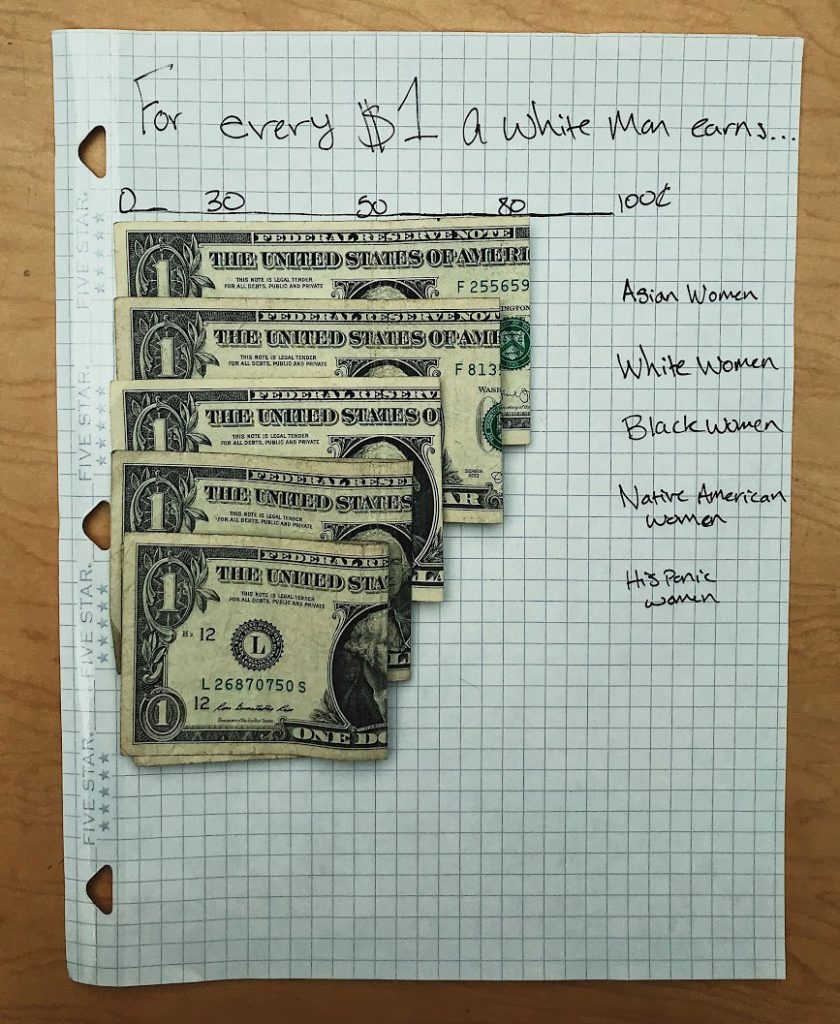
Processed with VSCO with jm1 preset





























